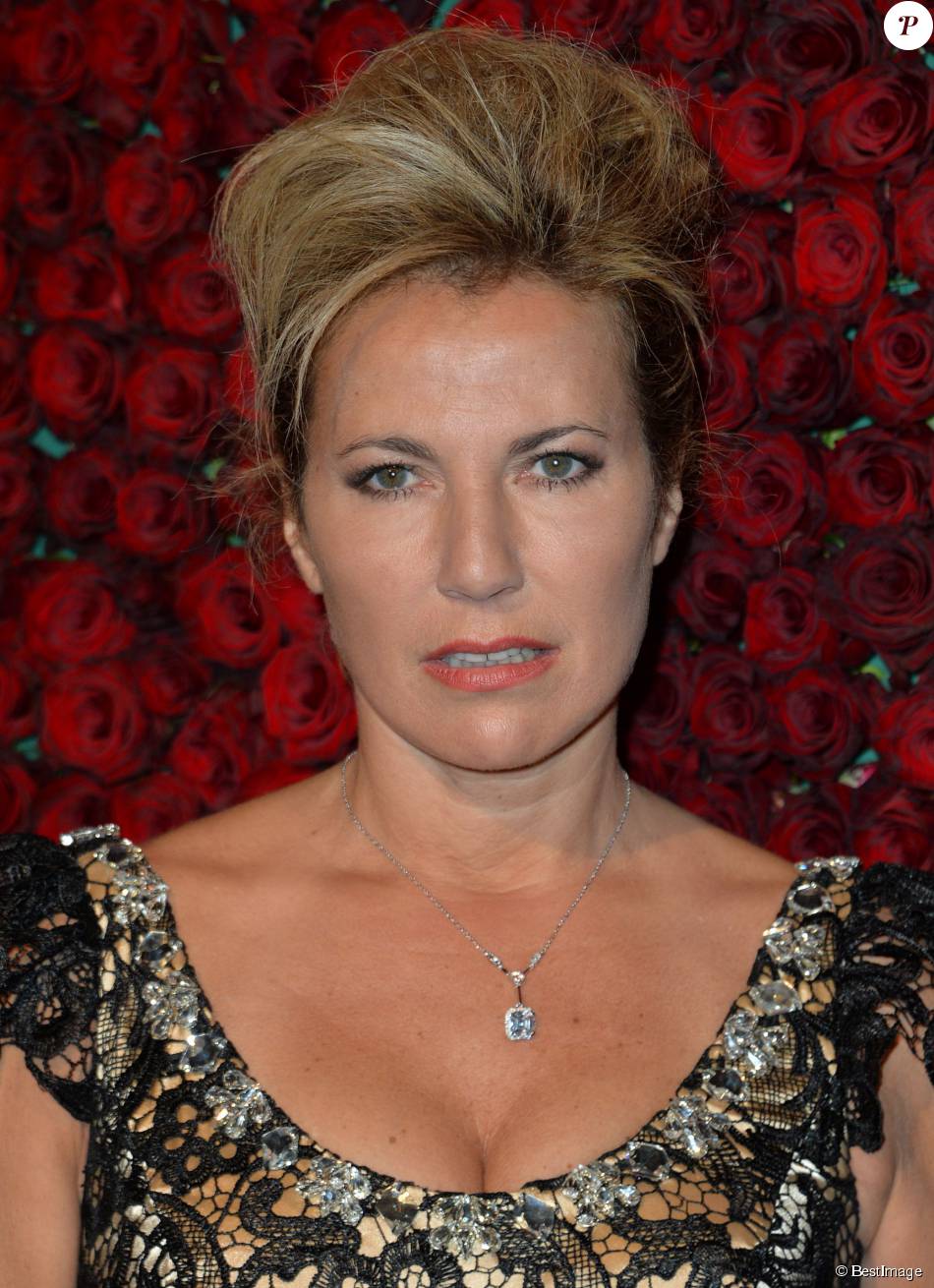
- #OUTPUTTING FILMS AFTER SEPARATION STUDIO GENERATOR#
- #OUTPUTTING FILMS AFTER SEPARATION STUDIO PRO#
- #OUTPUTTING FILMS AFTER SEPARATION STUDIO SOFTWARE#
In your opinion, is there much to be gained with a 1:3 dilution over a 1:1 dilution, mabee some edge effects, or a difference in contrast. Classes are open to 6-8 participants per session, and are located in the co-work basement space of the studio Graphic Design Pats Screen Printing Studio CLAIM THIS BUSINESS Pats Screen Printing Studio CLAIM THIS BUSINESS. In this week's issue of PEOPLE, on newsstands Friday, the '80s pop star details his love story with. Mabee in the near future I'll rig up an "extended" cap and compare the two dilutions. Richard Marx is loving every second of life with his 'Now and Forever' muse, wife Daisy Fuentes. Janis last solo studio album, The Light At The End Of The Line. I am happy with the preliminary results that I'm getting with a 1:1 solution, as it seems to work with the tubes i have built and I'm not stuck rolling tubes back and fourth forever. Mark Ishams theme to the film adaptation of Nicholas Sparks romantic drama makes a. I'm going to have to get a coupling and glue it to the cap in order to run any greater dilution with the Xtol, as I am using 100ml stock solution per 8x10 sheet. The negs turned out great with all the shadow detail and a none-too-dense sky.


Print your own wrapping paper with your fridge contents, make a printy GIF, typeset with plasticine, DIY screen print, create a festive flickbook, fabric print with fish and much more. Distressed print Vintage or semi transparent, 3.
#OUTPUTTING FILMS AFTER SEPARATION STUDIO SOFTWARE#
Considering that the cap for my ABS tube holds just over 200 ml, I went ahead and used Xtol 1:1 and developed for 5'15" while rolling my tubes in a tempered bath, 10 rolls one direction/10 rolls the other direction, flipping end for end every minute. Studio separation software for outputting films or direct to screen. Thanks everyone for their responses! Last night I went for it. Later I will post an example of an N-3 image shot and processed this way (however, I am not in the studio now). areas containing lead white, the paint film was less lean and less absorbent. But I still use N-1 on all subjects that call for N-1, N-2, or N-3. because it was believed to after-yellow the most, linseed oil was generally. You could actually get away without even using N-1 development because scanners have such an incredible ability to capture highlight detail. Just shoot your N-3 scene as you would normally, exposing for the shadows, then give N-1 development. I also feel that it is not necessary to use N-2 or N-3 development times, because scanning can capture the highlight detail so well, even in a very dense negative. He likes the end result better when he simply increases contrast by using multigrade printing filters. John Sexton, who still prints on silver, recently said that he no longer uses N+ times when shooting TMY 400 film, because he does not like the increased grain that the extended development produces. N-plus development times will increase the graininess of the negative, which scanning will then capture very vividly. I find that I no longer have any need to use N-plus development times because it is so easy to increase contrast in Photoshop (or even in the scanning process). I also shoot sheet film and print digitally, after many years of using the Zone System and printing optically on silver paper.

Manually entering the start and end times of each shot isn't really a viable option because it would be ridiculously time consuming, even after SpeedGrade determines these times.Since you are now scanning and printing digitally, you only really need to find development times for Normal and N-1 contrast. Separation Studio is an application that allows you to create single color and cmyk half-tone patterns in vector- based formats. Separation Software To keep up with simulated processes, index colors, real processes or color separation for film outputs, you’ll need a reliable software.
#OUTPUTTING FILMS AFTER SEPARATION STUDIO GENERATOR#
Either I'm doing something wrong or Premiere/SpeedGrade can't support this sort of workflow.Īlso to keep in mind, this is expected to be a repetitive process, and I'm developing this workflow for people who may be inexperienced in video editing, so it really should be automated as much as possible. Separation Studio is powerful, easy to use color separation and artwork generator tool designed exclusively for Mac. For printers who love ink-jet printers, it’s recommended that for outputting film positives you see a rip software that works with both your printer and computer.
#OUTPUTTING FILMS AFTER SEPARATION STUDIO PRO#
I had expected to be able to bring this info back into Premiere Pro using an EDL (Edit Decision List) but none of the "cuts" that SpeedGrade marked seem to be reflected when I try this. I've used the scene detection feature in Adobe SpeedGrade to figure out where shots should start and end, but I'm having trouble taking that information and actually rendering out individual shots based on it. I'm trying to come up with a workflow to take completed short films, and split them up into individual files based on where each shot that makes up the film starts and ends.


 0 kommentar(er)
0 kommentar(er)
